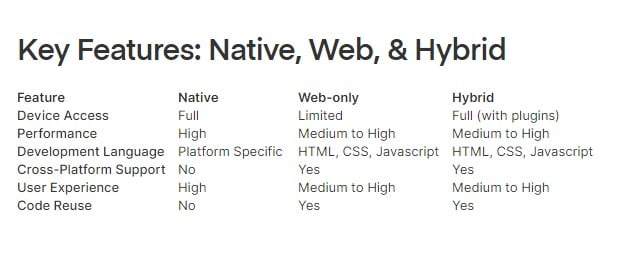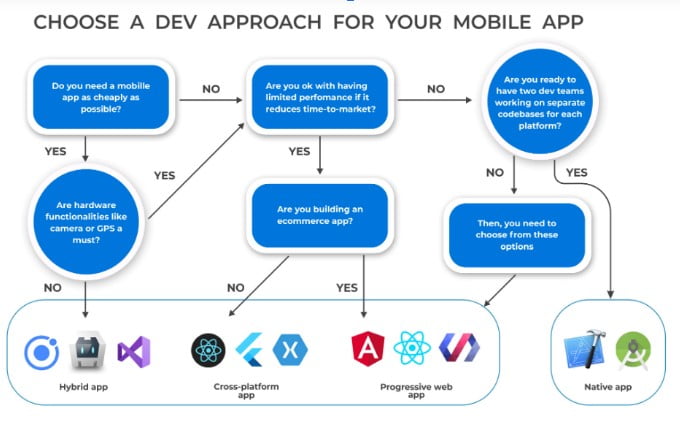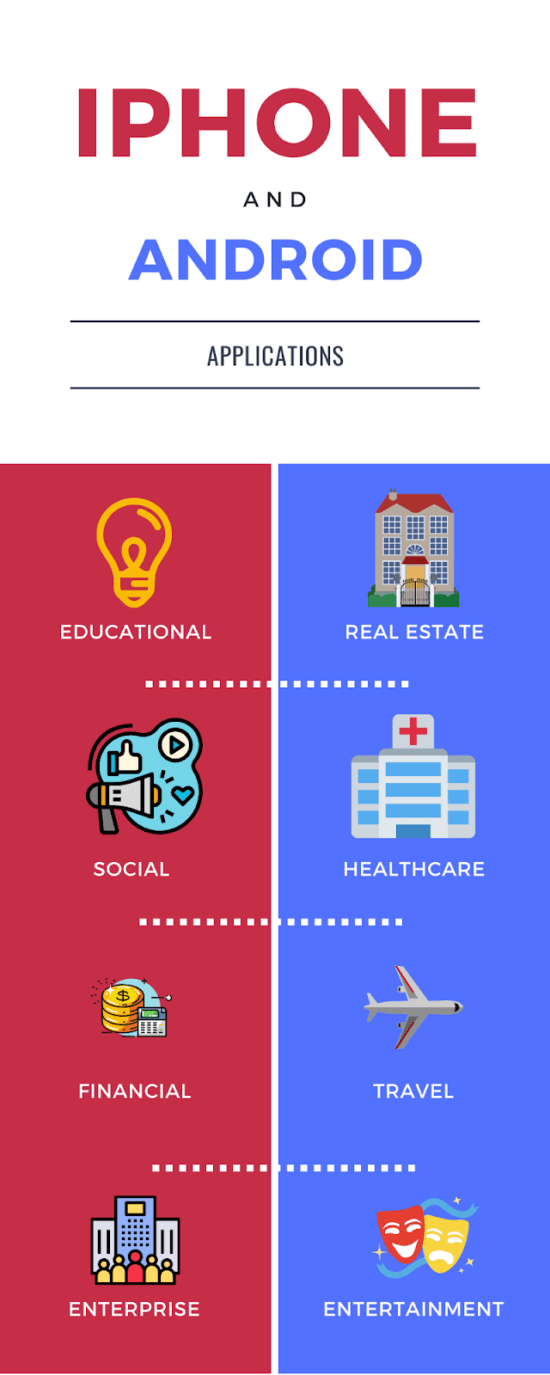
Hello again #HasheFollowers! What has Hashe done this week? Well, Stay tuned, because #FunTings abound. What is Mobile Application Development?
Mobile Application development has taken the IT industry by storm. In the past few years, it has risen in popularity due to consumer preferences shifting towards mobile phones. From Enterprises to freelancers, all want a sweet slice of the pie that is Mobile Application Development.
What is Mobile Application development?
It doesn’t have a straight-forward answer as one might expect. Mobile Application development is the process by which applications are made for any mobile operating device (i.e Mobiles, Tablets, Smart Watches, etc).
Web developers, nowadays, have to consider making applications for both Web and Mobile Interfaces. This has created countless jobs, especially in third world countries where IT Outsourcing as a business is the talk of the town, creating a $375 Billion Dollar Market. For more information on IT Outsourcing, click here.
Mobile applications rely on the same architecture as a website or web application. The front end is the UI/UX of the application and displays information for the User. Backend is the server-side communicating and fetching user information from the database.
Applications are made for multiple use-cases. Some are B2B and most of them are B2C. New startups focus their model on making mobile-first applications and the trend is not slowing down.
Whats is so unique about Mobile App Development?
One Word: Cheap. Although some might disagree with this statement, hear me out. Applications can be made by a one-person team that is purposeful. A basic app can be quick with few resources.
Applications can vary by their functionalities and design and that is where the real cost lies. As with everything, it depends on how complex you want it to be.
History of Mobile Development
Mobile Applications are made extensively for Android and iOS Platforms which cover more than 97% of the market. Apple’s iPhone was the main contender in bringing the Mobile Development Market to where it is with its launch in 2007.
Steve Jobs, Founder, and CEO of Apple is credited with ushering in the era of touchscreen phones and that brought with it the massive user acceptance of mobile applications. Developers pounced on the void in the market to deliver mobile experiences and capture market share.
Andriod wasn’t further back in the race, as it latched onto the idea quickly with IPhone’s iOS success. It quickly started its own ecosystem by working alone at first then partnering with Google to deliver Mobile Phones.
Android has been the promoter of Open source development whereas iOS has a big portion of native apps developed specifically for Apple products.
Types of Mobile Application Development
Mobile Applications are typically bundled into three technology solutions:
- Native
- Hybrid
- Web Applications
Native Development
Native App development is made specifically for one operating system. For example, iOS has many applications that are made specifically for the iOS marketplace. The advantages of Native development are that it is quick, optimized for one platform and maintenance and support costs of the App are low.
Hybrid Development
These apps are run through Web browsers. They are downloadable via Play Store or Marketplace but don’t give speed and optimized settings as Native developed apps. They make the development process efficient by making apps for all platforms, driving costs down.
Progressive Web Apps(PWAs)
Progressive Web Apps are responsive to different dimensions of mobiles and react in a similar way to responsive websites on Mobiles. The massive disadvantage of web Apps is that they cannot interact with mobile hardware or be sold on the mobile app marketplace.

How to do Mobile Development?
Mobile Development, back in the early days, used to be done natively using languages build specifically to support one platform. For Android it was Java and for iOS, it was Objective C and XCode.
In today’s world, we have different frameworks and tools for promoting native and cross-platform behavior. Apple created a new language called Swift to encourage developers to build apps for Apple Products.
To tackle this change, mobile app developers prefer making apps in a cross-platform environment. Cross-Platform environment’s biggest plus factor is its code reusability.
Supporting the different applications in different environments has a cost burden as well as maintenance. Native shines in the speed optimization part of the development with cross-platform software such as Xamarin challenging the native code.

Development also has a streamlined development process as compared to cross-platform with fewer layers of high abstraction. Native code can also utilize some basic hardware functionalities as well.
It all comes down to user preferences and software requirements. It wins in that department with efficient and optimized solutions for both iOS and Android.
Cross-platform tools and libraries need can churn out native code and require a moderate understanding of native development to be fruitful.Cross-Platform solutions require mastery over a programming language so choosing which language to master has its pros and cons. Hybrid development is a sub-section of cross-platform development in which some HTML and native components are added to the application and it is reliant on the web browser for the design and functionality of the application.
Xamarin uses a cross-platform app that utilizes C# but still gets all the required features of a native application as it hooks into native APIs and libraries.
Apache Cordova takes a hybrid approach as it looks similar to a hybrid app but it isn’t one. Mostly, Cross-platformers function over Android and iOS apps but some work over desktop operating systems as well. It depends on the requirement of the end-user as well as the service provider.
Code reusability lacks in the cross platformers that generate native code, UI and libraries. Although Xamarin has introduced Xamarin forms which act as a bridge with reusable code and native-like behavior.
Mobile Web Apps is the future of Web with native-like functionalities in the browser. Supporting functionalities such as Camera and GPS tracking with a web page customized as an app with native hooks is the way forward.
Mobile Application Development Uses
In the infographic below, you can see the use cases of Mobile Application development.

Conclusion
Mobile Development has a low barrier to entry in software development. Anyone can get into this area with a bit of practice and commitment.
One person can deliver an app with limited budget and resources, creating a portfolio of work that can result in jobs and freelancing career.
We at Hashe have nurtured a culture of excellence regarding Mobile App development. Conducting Workshops, Seminars and professional development of resources and interns is something we are proud of.
Keep following us for more tech news! Check out our Social Media Pages
Was this helpful?
Last Modified: June 28, 2024 at 11:01 am
494 views











